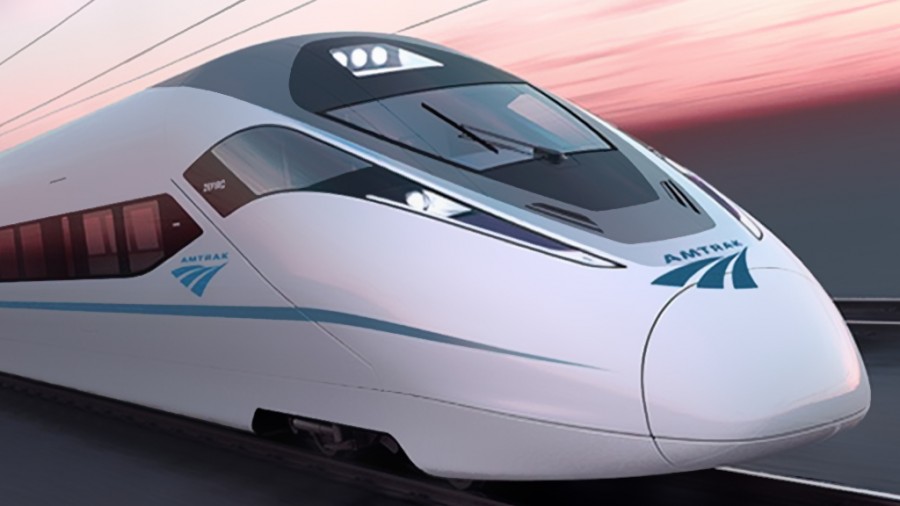

The Future of Rail: Opportunities for Energy and the Environment (IEA, 2019).īorsati, M. Intercity Transport and Climate Change: Strategies for Reducing the Carbon Footprint (Springer, 2014). Oil Products Final Consumption by Sector, World 1990 – 2018 (IEA, 2021) Our further projections suggest that in greener electricity conditions, the HSR in China can substantially contribute more to the reduction in GHG emissions from the transport sector.ĬO 2 Emissions by Sector, World 1990–2018 (IEA, 2021) The environmental benefit of HSR in China has not been fully realized because of the thermal-dominated electricity supply. This mitigation effect mainly comes from the substitution of highway goods transport with the conventional railway instead of the direct replacement of highway passenger transport with HSRs. These effects translate into an annual reduction of 11.183 million tons of CO 2 equivalent of GHG emissions or 1.33% of GHG emissions in China’s transport sector. These reductions were not seen on ordinary national roads. Using the difference-in-differences method, we show that new HSR routes in China lead to a 20.5 log-point reduction in the number of passenger vehicles and a 15.7 log-point reduction in freight vehicles running on parallel highways. High-speed rail (HSR) is one such example, yet it is unclear how much reduction in road traffic results from new rail routes. Careful pre-planning of the project and coordination amongst the stakeholders are necessary to accomplish a set of phased goals to realize the envisioned development of an HSR corridor.Carbon emission reduction in the transportation sector is essential in the global mitigation effort, and a large-scale public transport system has the potential to be an effective instrument.
Speed rails full#
However, achieving the full development effects of an HSR project may take decades.

An HSR corridor is also beneficial to the cities along the railways, and the station areas provide an important opportunity to harness revenue through non-railway businesses. Last, an HSR corridor is beneficial both to the settlements along the corridor and to the railway operator. Such a synergy would enhance livability and provide improved quality of life opportunities in cities and regions served by HSR. A synergy between HSR and other elements, like urban transit facilities, paratransit, station area development, node, and sub-center development, can usher in spatial and economic development, but an institutional arrangement across all the elements is of paramount importance. We emphasize the importance of establishing a synergy between HSR and urban development. The HSR is expected to play a catalyzing role in driving the spatial and urban transformation process.

Better accessibility will change the mobility patterns and will eventually affect the development in the impacted region, reshaping the entire urban-regional system. The HSR network changes the accessibility of a locality. There is ample evidence that at the regional level, the implementation of an HSR service disrupts the existing network of cities along the proposed corridor. We stratify and expand the understanding of the development effects of HSR at three levels - regional, urban, and station area – based on the economic and temporal nature of all infrastructure projects.

Positive impacts will be achieved only if interactions with other factors and contexts are maintained. HSR can simultaneously become a core component on desired urban developments, while also having undesirable outcomes. We summarize the evolution of HSR and elaborate on the development effects of the HSR transport infrastructure. The potential effects of high-speed rail (HSR) reach into many overlapping fields of interest.


 0 kommentar(er)
0 kommentar(er)
